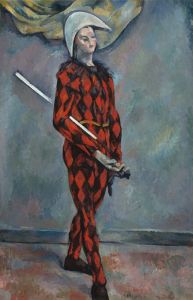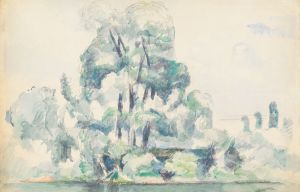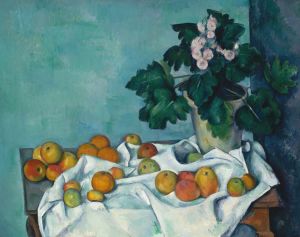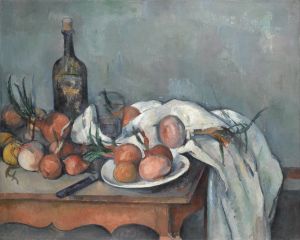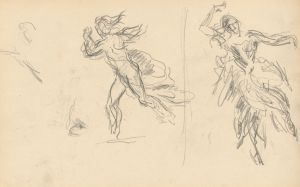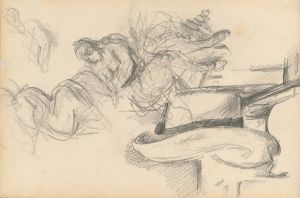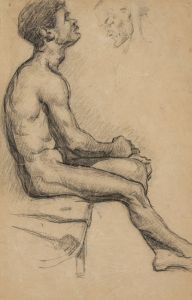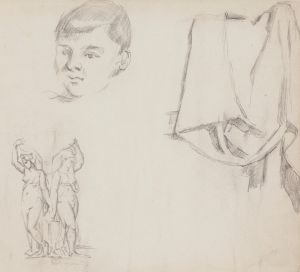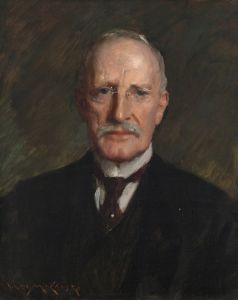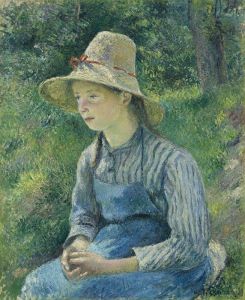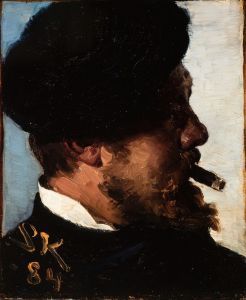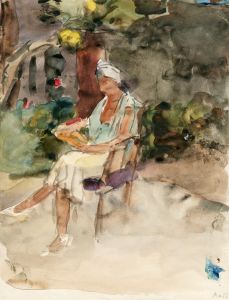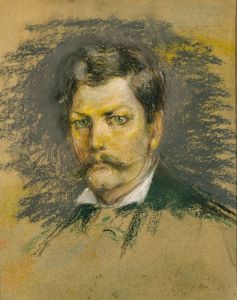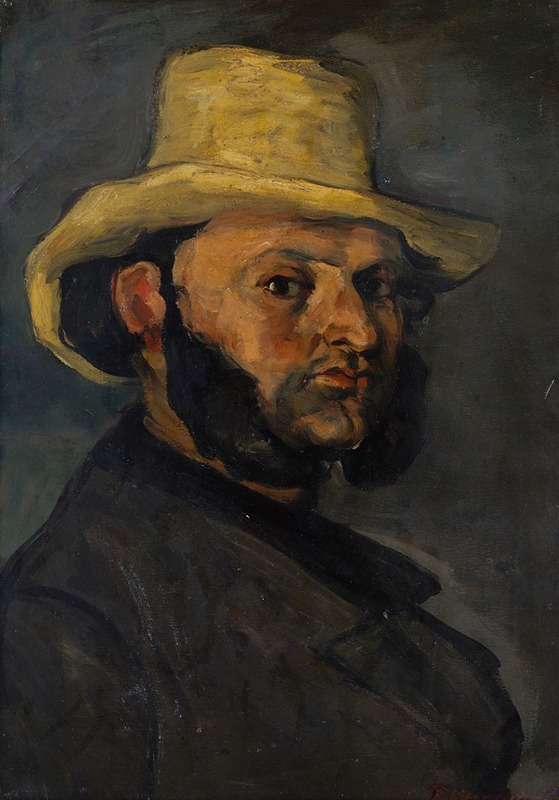
Gustave Boyer in a Straw Hat
A hand-painted replica of Paul Cézanne’s masterpiece Gustave Boyer in a Straw Hat, meticulously crafted by professional artists to capture the true essence of the original. Each piece is created with museum-quality canvas and rare mineral pigments, carefully painted by experienced artists with delicate brushstrokes and rich, layered colors to perfectly recreate the texture of the original artwork. Unlike machine-printed reproductions, this hand-painted version brings the painting to life, infused with the artist’s emotions and skill in every stroke. Whether for personal collection or home decoration, it instantly elevates the artistic atmosphere of any space.
Paul Cézanne's "Gustave Boyer in a Straw Hat" is a notable work by the French Post-Impressionist painter, who is often credited with laying the foundations for the transition from 19th-century artistic concepts to a radically different world of art in the 20th century. Cézanne's work is characterized by his innovative approach to form, color, and composition, which had a profound influence on the development of modern art.
The painting "Gustave Boyer in a Straw Hat" is a portrait that exemplifies Cézanne's distinctive style. While specific details about this particular painting, such as its exact date of creation, are not widely documented, it is consistent with Cézanne's broader body of work during his mature period. This period is marked by a focus on capturing the essence of his subjects through a careful balance of color and form, rather than adhering to the more traditional representational techniques of his predecessors.
Cézanne's portraits often feature individuals from his personal life, including family members, friends, and local residents from his native Aix-en-Provence. It is likely that Gustave Boyer was someone within Cézanne's social or familial circle, although detailed biographical information about Boyer is not readily available. The use of a straw hat in the portrait suggests a casual, perhaps rural or leisurely setting, which aligns with Cézanne's frequent depiction of everyday life and ordinary people.
In this painting, Cézanne employs his characteristic brushwork, which is both deliberate and expressive. His technique involves the use of small, repetitive brushstrokes that build up to create a complex surface texture. This method allows Cézanne to explore the interplay of light and shadow, giving the portrait a sense of depth and dimensionality. The color palette is likely to be subdued yet rich, with an emphasis on earthy tones that reflect the natural environment of southern France.
Cézanne's approach to portraiture was revolutionary in its departure from the detailed realism that dominated the art world before him. Instead of focusing on capturing a photographic likeness, Cézanne sought to convey the underlying structure and emotional resonance of his subjects. This approach would later influence a generation of artists, including the likes of Pablo Picasso and Henri Matisse, who saw in Cézanne's work a new way of seeing and representing the world.
While "Gustave Boyer in a Straw Hat" may not be as widely recognized as some of Cézanne's other works, such as his still lifes or landscapes, it remains an important example of his portraiture. The painting reflects Cézanne's ongoing exploration of human character and his commitment to pushing the boundaries of traditional artistic conventions.
Overall, "Gustave Boyer in a Straw Hat" is a testament to Paul Cézanne's enduring legacy as a pioneer of modern art. His innovative techniques and visionary approach continue to inspire artists and captivate audiences, securing his place as one of the most influential figures in the history of Western art.





